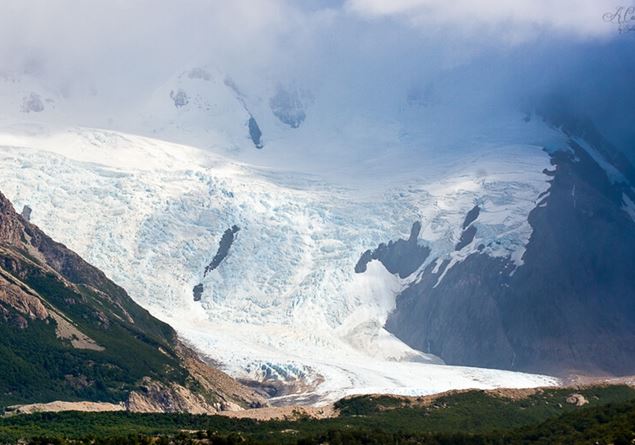In Alaska it’s hot. Too hot. So much so that, for the first time in the history of the state, the American weather authorities have issued an alert for extreme temperatures. An unprecedented event that has alarmed entire communities, accustomed to frost, but completely unprepared to face the 30 ° C recorded these days.
The first bulletin was released on June 12 by National Weather Service (NWS), followed by an update a few days later, on June 16, which confirmed values between 29 and 31 ° C in the central and north-eastern areas of Alaska, in particular in the areas of Tanana, Fairbanks, Fort Yukon and Eagle.
A climate that changes – and threatens
But it is not only the heat that alarms scientists. The real danger comes from glaciers. The rapid dissolution of snow and glacial masses is raising the level of rivers and streams, with the real risk of floods. The area of the North Slopethe northernmost region of the state, where “roads, landing and low -altitude infrastructures can be damaged by the arrival water”, reads the NWS bulletin. The alert will remain in force at least until mid -week.
“We are built for the cold”
To make everything more complex is the very structure of the housing and cities of Alaska. Each place is designed for its own climate. The houses in Alaska are designed to hold the heat, not to disperse it. They have no air conditioning. With these temperatures, the health risk is real.
And while for those who live in our latitudes 30 ° C they do not seem much, in a land used to perennial ice, these values trigger the alarm. Also because the heat wave is not an isolated case: it is only the last sign of an increasingly faster and visible global warming even where it is less expected.
Alaska heats up three times faster
The data are clear: in the last 60 years, the average temperature in Alaska has increased 1.67 ° Cat a double or triple pace compared to the global average. And if it is true that the state still remains “cold” for most of the year, it is equally true that the heat waves are increasingly intense and frequent.
The 2024, so far the hottest year ever recorded globally, has also seen a significant thermal increase in Alaska: compared to the 1991-2020 average, the temperature was higher than 0.9 ° C, with greater tips in the North Slope. In June 25.7 ° C touched themselves, but 30 ° C – which now make news – had so far been reached only in August.
Time is about to expire
According to experts, if the emissions are not drastically reduced, the critical limit of 1.5 ° C more than the pre -industrial levels will be exceeded within two years. Alaska, with its glaciers that melt, its rivers that overflow and its houses designed for a cold that is no longer guaranteed, is today one of the clearest and most alarming mirrors of the ongoing climatic crisis.










